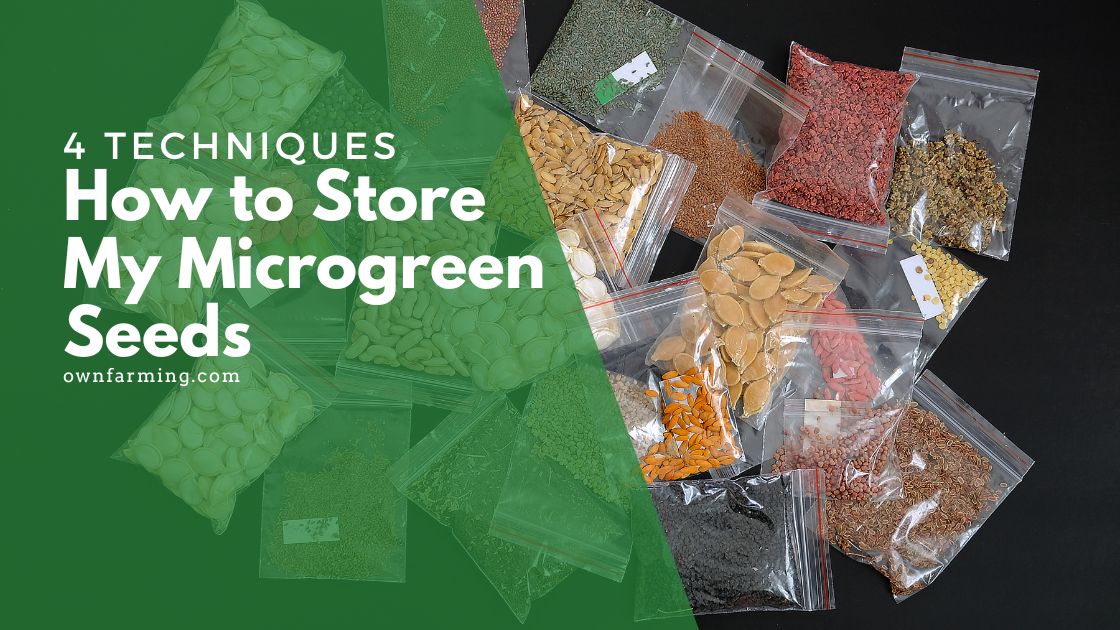Growing microgreens is becoming increasingly popular, as they are not only incredibly nutritious and flavorful, but also surprisingly easy to grow. But once you’ve harvested your crop, what do you do with them? And you begin to wonder, how to store my microgreen seeds? Storing your microgreen seeds properly will ensure that they stay viable for future use.
In this article, we’ll go over four tried-and-true techniques on how to store my microgreen seeds: storing in soil, using airtight containers, freezing the seed pods, and drying the pods out. So if you want to get the most out of your next harvest of delicious little greens then read on!
How to Store My Microgreen Seeds Quick Guide
Knowing how to store microgreens seeds properly is essential for successful germination and growth. Here are four techniques you can use to ensure your seeds remain viable for a long time, continue below for more details.
1. Dehydrate microgreens
2. Place them in the refrigerator
3. Use a desiccant packet
4. Store them in soil
How to Store My Microgreen Seeds: 4 Techniques
By following these four simple ways, you can learn “how to store my microgreen seeds” properly and ensure they are ready whenever you need them.
1. Dehydrate microgreens
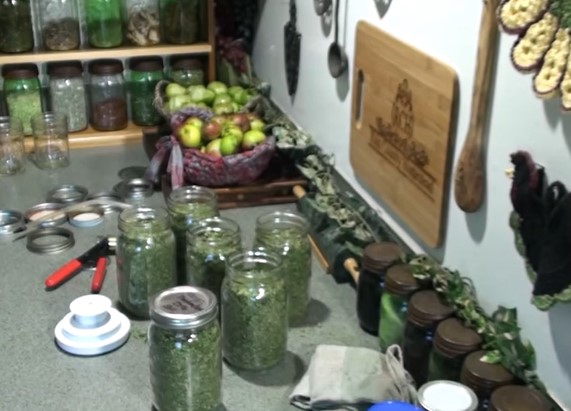
If a dehydrator, drying these is easy. Clean and dry them first, then dehydrate them like you would any other fruit or vegetable. You can then choose to keep them whole, turn them into powder, or make flakes to add to soups.
If you want to use your oven to dry your microgreens, follow these steps:
1. Clean and dry your microgreens as mentioned earlier.
2. Preheat your oven to its lowest temperature, ideally 180*F, but anything below 200*F is fine.
3. Place the microgreens in the oven and keep monitoring them every so often for six to ten hours.
After that, you can store them in an airtight container like a glass jar at room temperature without needing to refrigerate them. They can remain fresh for up to five years before spoiling.
2. Place them in the refrigerator
If you don’t have room to store your seeds at cooler temperatures, you can keep them in the refrigerator instead. Just be sure to check on them periodically to make sure they haven’t been affected by moisture.
To store your dried greens, simply place them in a container or plastic Ziploc bag and refrigerate them. It’s a simple and straightforward method.
3. Use a desiccant packet
When learning how to store my microgreen seeds, desiccant packets can help. A desiccant is any material that can absorb moisture, such as silica gel or calcium chloride. Place your seeds in an airtight container with a small packet of the desiccant to keep them dry.
The desiccant packs can reduce moisture and humidity inside the container, even in humid environments.
4. Store them in soil
Some seeds, such as wheatgrass and fenugreek, can be stored directly in the soil. Place the seeds in a container filled with a light, well-draining potting mix and keep it moist. Make sure to check on the soil periodically to ensure it hasn’t dried out completely.
Recommended Tools That Get The Job Done
Shazo Airtight 6 Pc Mini Container Set
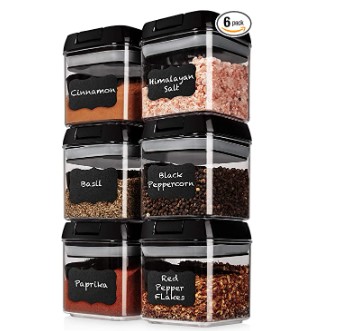
The Shazo Airtight 6 Pc Mini Container Set is the perfect modular storage solution for your kitchen. It includes six containers in one size, and each container is airtight with a secure sealing lid design that ensures maximum freshness and prolonged food storage.
These containers are ideal for storing both dry foods and liquids such as water, juice, soup, or microgreen seeds safely.
The set also comes with six black spoons to match the number of containers. With its stackable and modular design, this container set will save you space in your pantry or cabinets for better organization.
Qinline Reusable Food Storage Bags
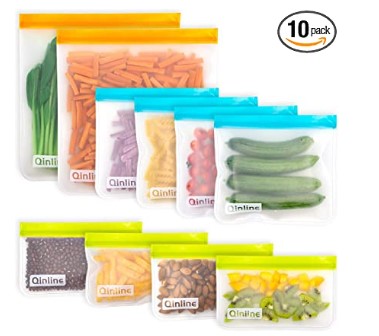
Qinline Reusable Food Storage Bags are a great way to store your microgreen seeds and keep them safe, fresh, and full of taste. These bags are made from food-grade PEVA material that is non-toxic and environmentally friendly.
The upgraded sealing closure technology ensures leak-proof, waterproofing, and hygienic storage perfection for all your needs. Plus they can lock out freezing burn while keeping food fresh in the freezer.
With an anti-slip design, these reusable sandwich bags will be easy to open or close with its colorful double closure feature making life more interesting and wonderful at the same time! Not only this but they’re also easy to clean so you don’t have to worry about handwashing – just use a bottle brush and air dry on top of a mug or cup!
Desiccants Silica Gel Packs
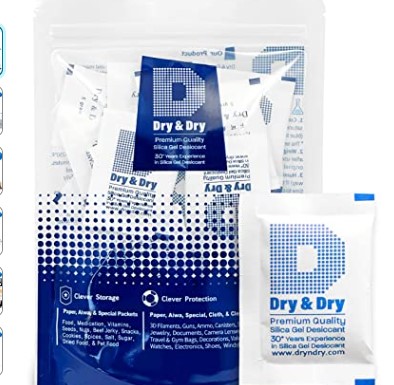
The Desiccants Silica Gel Packs are the perfect solution to protect your valuable items from moisture damage.
These white silica gel beads are food grade and have been tested under strict regulations for food specifications, with ultimate moisture absorption and heat resistance that allows them to be reused by either placing them in the oven or microwaving.
This safely stores items such as microgreen seeds, soil, foods, medications, vitamins, and many other valuables so you can keep your items safe.
Common Questions About How to Store My Microgreen Seeds
How long do microgreen seeds stay good for?
Although seeds lose viability with time, they don’t have expiration dates like packaged food. Since seeds are living things, they can be stored for several years if they are maintained under suitable conditions.
Microgreens that are purchased usually stay fresh for around 10-12 days in your refrigerator. If you decide to grow your own microgreens and harvest them at home, they can typically last for about two weeks.
Can you freeze microgreen seeds?
If you want fresh and nutritious microgreens all year round, freezing them is a great way to extend their shelf life. Regardless if you purchase or cultivate them, freezing will aid in preserving their nutritional value.
What is the ideal humidity for microgreen storage?
To preserve seeds and prevent microbial growth, it’s best to keep them in a cold and low-humidity environment. The ideal relative humidity range is between 19-27%, which slows down the natural biological processes.
What is the ideal temperature for microgreen storage?
- Proper temperature control is crucial for storing seeds. Since seeds are a living entity, they continue to undergo metabolic processes even when they are not actively growing. This means that seeds have a limited lifespan and cannot remain viable forever.
- Although colder temperatures are good for storing seeds, there are specific temperatures that are particularly ideal for practical purposes.
- The USDA recommends keeping the temperature below 50F (10C) for seed storage in the publication of a practical guideline.
- For best results, store your seeds in a refrigerator or freezer to keep them cold. However, avoid repeatedly exposing the seeds to rapid temperature changes from cold to warm.
Video STORING YOUR SPROUTS AND MICROGREENS Episode #10
In this video, you’ll learn how to store your microgreen sprouts like the pros and keep them fresh for the next planting season; as well as tips on storing your microgreens so they stay viable for a longer period of time. Learn all these helpful tips now!
Final Thoughts
Now you can stop asking how to store my microgreen seeds. With these tips, you’ll be able to store your microgreens in the best way possible: keeping them cool and dry in a sealed container or bag, away from direct sunlight or excessive moisture. This will ensure that your microgreens are fresh and viable for as long as possible!
Additionally, if you plan on storing soil with your microgreen seeds, make sure it’s free of contaminants such as fungi spores so they don’t affect the health of your plants. By following these simple steps, you can have healthy and delicious homegrown greens anytime!

